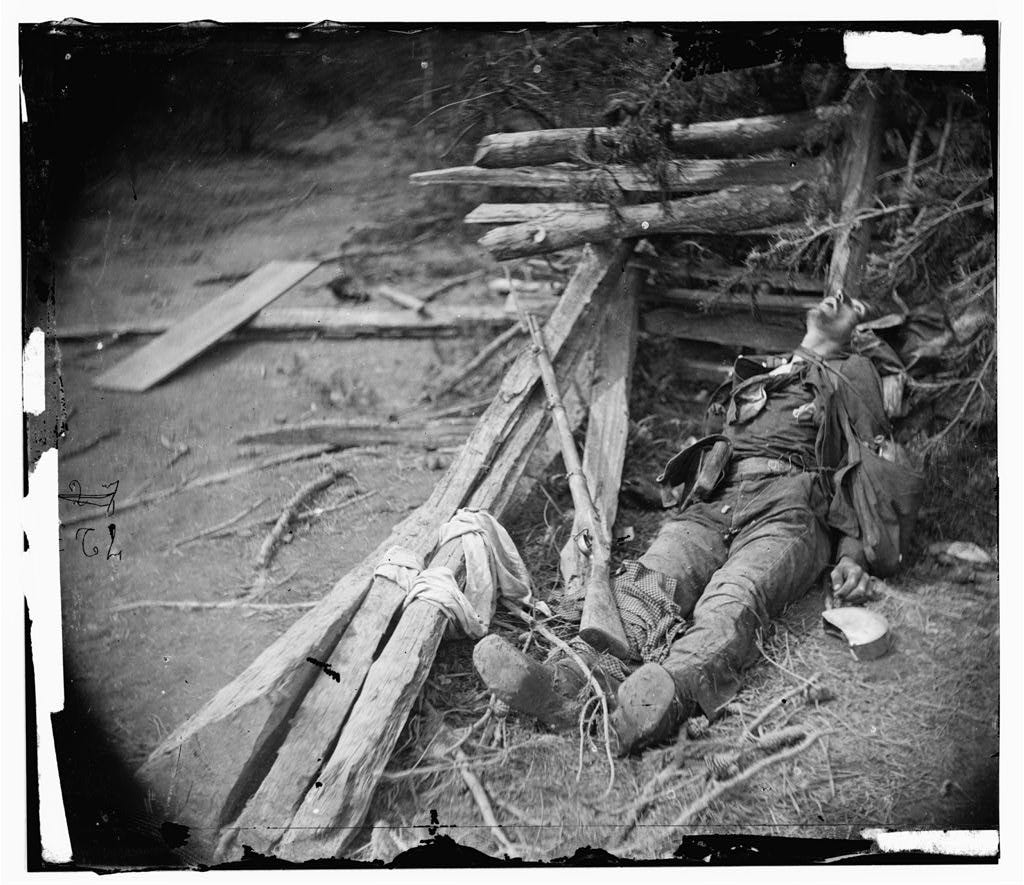What is the way forward in a war where advancing is so difficult? (part 1)
Some thoughts on historical case studies and the Russo-Ukraine War
Hello Everyone,
(Note—once again my wordiness has won out. I was planning on covering all 4 examples mentioned below, but in the end after writing 2 the piece was too long—so will finish this next week. I hope its not too detailed).
The midweek update this week is about how Ukraine might handle the great question of the land-war that we have seen; the extreme difficulty that land forces face when they try to move forward. This should be apparent to everyone at this point. What we have seen over the past year, with the exception of the Ukrainian Kharkiv operation, is that moving forward is extremely hard. Even when forces create opening in the lines, which the Ukrainians did in Zaporizhzhia the other week, it is extremely difficult to exploit those openings. That is because of fires that can come from a wide range of different area. Even if it looks like there is an opening, that opening can be covered by ranged fires (artillery/MLRS), UAVs, etc. That means that getting vehicles through those openings and surviving seems a tall order (to put it mildly).
This difficulty has, if anything, grown during the war for a number of reasons. First, the growth of UAV technology, for instance, has made the battlefield far more observable, so that it has become extremely difficult for attacking forces to 1) achieve surprise in an operation 2) mass the forces necessary to both breakthrough and exploit. With the skies full of cheap, inexpensive UAVs on both sides, secrecy for a large operation is extremely difficult. Second, forces adjust and learn about the basic conditions of combat and how to to stop the other side. By this time the armies have a pretty good idea of what works in stopping the other side, so unless there is a new way of advancing that can be devised, the attacker faces great problems.
So, if there were to be a change in the ground battlefield dynamic, the following might have to happen.
One side will have to attrit the other to the points that resistance close to collapses
One side will have to come up with a new tactic to break the line using the present equipment.
One side will have to build/develop new equipment that will give it an upper hand that is presently doesn’t possess.
One side will have to sever or severely damage the logistics, C/C system of the other
Attrition—Grant and the Overland Campaign, 1864.

This is probably the most well known and controversial attrition campaign in US history. In 1864 US Grant was in command of all Union forces in the East (actually senior to the Commander of the Army of the Potomac, General Meade). He was faced by Robert E. Lee and the Army of Northern Virginia. These were two of the largest and most experienced armies in the war at this time. Now Grant did not go into the campaign in the summer of 1864 expecting to resort to attrition, however he was determined not to fall into the ongoing pattern of the war to that time which was—fight a large battle over a few days, suffer large casualties, but then see very little happen for months afterwards. That had been the pattern for most of 1862 and 1863.
So when Grant started his campaign in 1864 (sometimes referred to as the Overland Campaign), he was determined to keep the pressure up on Lee. And he did. The campaign opened with one of the most destructive battles of the Civil War to that point, the Battle of the Wilderness on May 5-7.1
By the standards of under the time, the battle was an indecisive mess. It was fought in quite dense woodlands and lines were hard to maintain. The losses were also extremely high, particularly for Grant. Northern forces lost approximately 18,000 soldiers while Confederate losses were 8000. In the past such losses would have led to the Northern army licking its wounds for weeks/months and rebuilding. Grant, however, decided to press on South (which took his soldiers by surprise).
Keep reading with a 7-day free trial
Subscribe to Phillips’s Newsletter to keep reading this post and get 7 days of free access to the full post archives.

